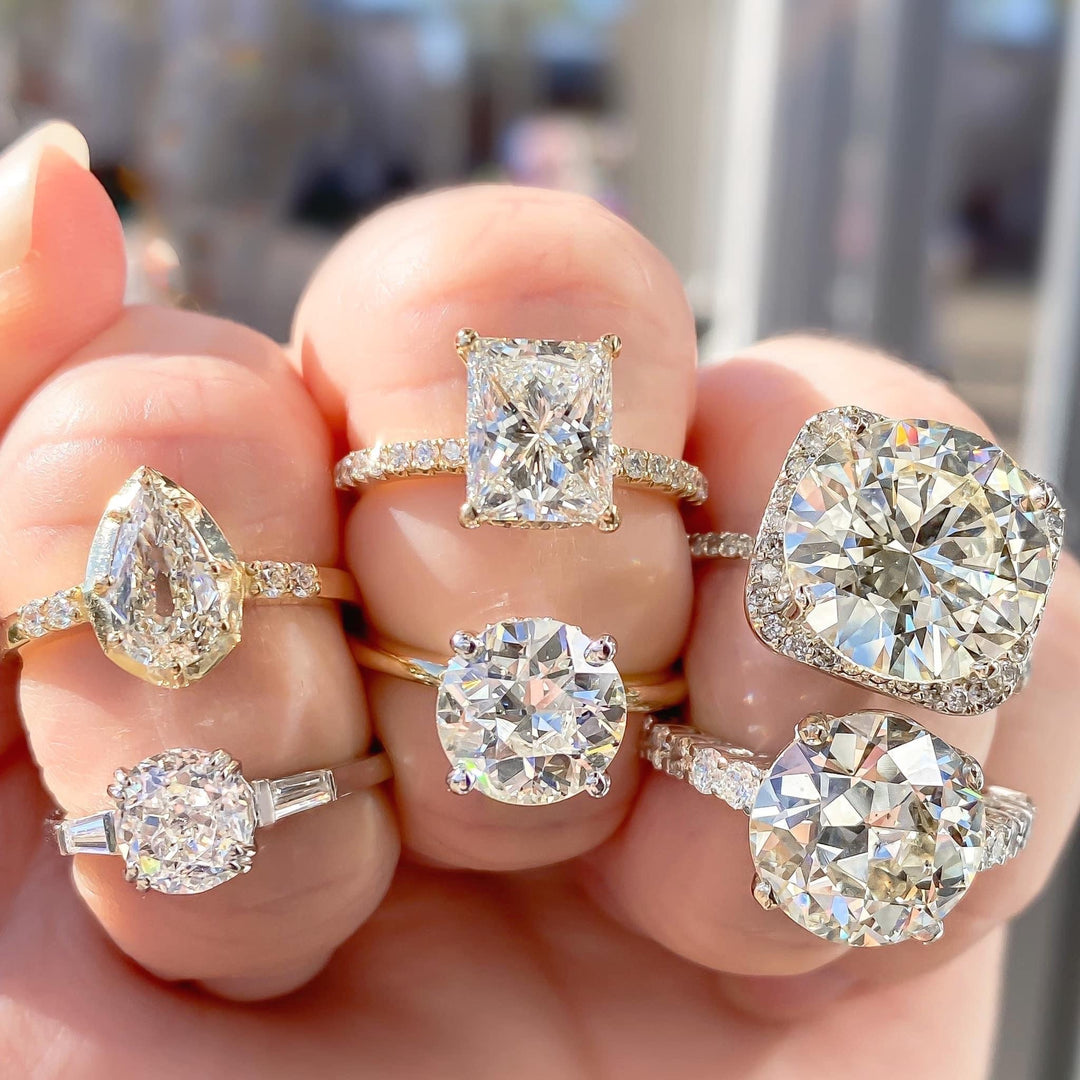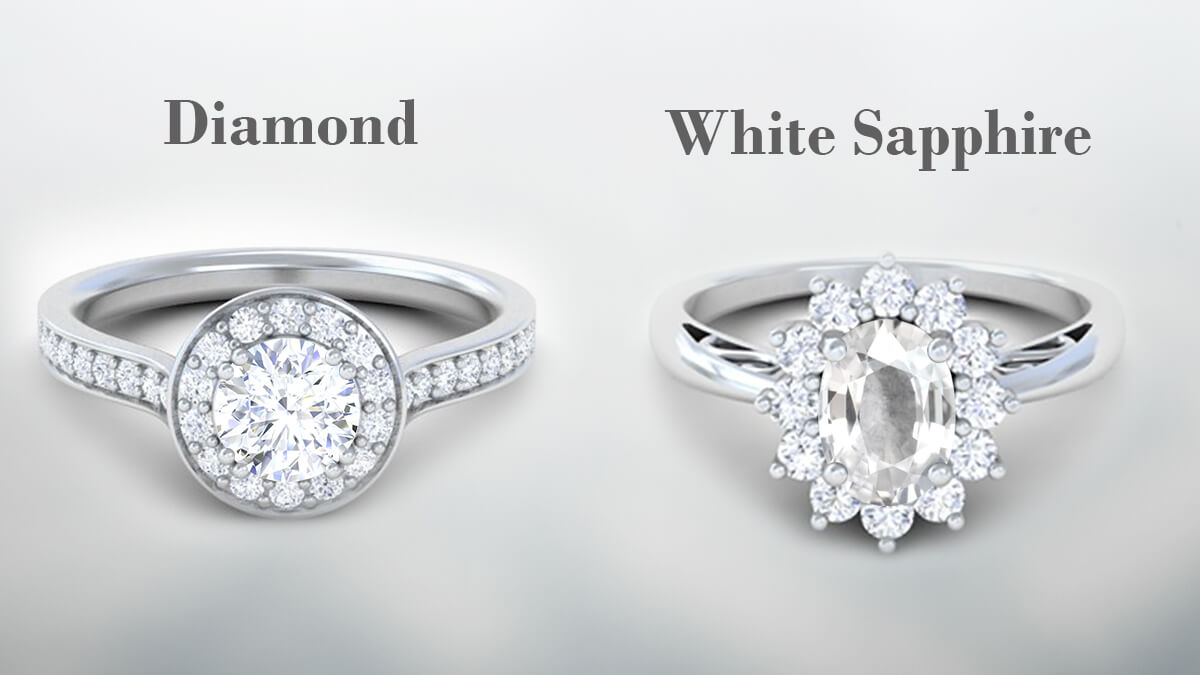
In recent years, the global diamond industry has seen an exciting shift toward sustainability and innovation. One of the most significant developments in this sector is the rise of man-made diamonds, also known as lab-grown diamonds. These diamonds, created in controlled environments through advanced technological processes, are increasingly being recognized for their ethical sourcing, affordability, and environmental benefits. Malaysia, with its growing tech-savvy population and rising demand for luxury goods, is quickly becoming an important player in the man-made diamond industry.
What Are Man-Made Diamonds?
Man-made diamonds are real diamonds, man made diamonds Malaysia, chemically, physically, and optically identical to those mined from the earth. The primary difference lies in their origin. Instead of being formed deep within the Earth’s crust over millions of years, these diamonds are created in labs using two methods:
- High Pressure, High Temperature (HPHT): This method mimics the natural conditions that occur deep inside the Earth, using intense heat and pressure to form diamonds from carbon.
- Chemical Vapor Deposition (CVD): In this process, a gas mixture is introduced into a chamber, where the carbon atoms deposit on a substrate, gradually forming a diamond crystal layer by layer.
Both methods produce diamonds that are visually identical to mined diamonds, possessing the same brilliance, hardness, and clarity. Importantly, these diamonds do not require the environmental toll of traditional mining, such as deforestation, water pollution, and human rights abuses often associated with the industry.
The Rise of Man-Made Diamonds in Malaysia
Growing Consumer Awareness
In Malaysia, as in many other parts of the world, consumer preferences are shifting toward more ethically sourced and environmentally friendly products. Young, tech-savvy Malaysians are increasingly concerned about the environmental and social impact of the products they buy. As awareness about the benefits of lab-grown diamonds spreads, many are turning to man-made diamonds as a more sustainable alternative to mined ones.
Malaysia’s jewelry market is already significant, with a strong demand for luxury items such as diamonds, gold, and other precious gemstones. As consumers become more informed, the market for lab-grown diamonds is poised for rapid growth. This shift aligns with broader trends in consumer behavior, where more people are willing to invest in products that reflect their values, including sustainability and ethical sourcing.
Affordability and Accessibility
One of the main advantages of lab-grown diamonds is their affordability. Because they are produced in a controlled environment and do not involve the same extensive mining processes, they tend to cost significantly less than natural diamonds. In Malaysia, where the middle class is expanding and disposable income is rising, many consumers find lab-grown diamonds an attractive option for engagement rings, wedding bands, and other luxury jewelry items.
A lab-grown diamond’s price can be up to 40-50% lower than a comparable mined diamond, depending on factors like carat, color, and clarity. This makes it easier for Malaysian consumers to purchase larger, higher-quality diamonds without breaking the bank.
A Sustainable Option
Another driving factor behind the increasing popularity of man-made diamonds in Malaysia is the growing environmental consciousness of the local population. As climate change becomes an increasingly urgent issue, many consumers are opting for products that have a lower carbon footprint. Mining diamonds requires significant amounts of energy, water, and labor, and it often leads to habitat destruction and soil erosion. In contrast, lab-grown diamonds can be produced with less environmental impact, particularly if the production process is powered by renewable energy sources.
For environmentally conscious Malaysian consumers, choosing man-made diamonds represents a tangible way to reduce their carbon footprint and support more sustainable practices in the luxury goods industry.
The Role of Local Jewelers and Companies
As demand for man-made diamonds grows in Malaysia, local jewelers and businesses are beginning to incorporate lab-grown diamonds into their product offerings. Several Malaysian-based jewelry retailers have already started offering a variety of man-made diamond rings, necklaces, earrings, and other items. These businesses understand the shifting preferences of their clientele and are keen to meet the demand for ethical and sustainable luxury.
Furthermore, Malaysia’s well-developed manufacturing sector means that the country is well-positioned to become a hub for the production of lab-grown diamonds. While Malaysia does not yet have large-scale lab-grown diamond production facilities, the country has the technological expertise and infrastructure to support the growth of the industry. With investment in local production facilities, Malaysia could see a significant increase in both the supply and availability of man-made diamonds in the coming years.
Legal and Regulatory Landscape
As the demand for lab created diamonds increases, it is important to ensure that the industry remains transparent and ethical. In Malaysia, regulations surrounding the sale and certification of man-made diamonds are still evolving. However, the country’s commitment to international standards of quality assurance and consumer protection ensures that consumers can trust the authenticity and value of the diamonds they purchase.
The Gemological Institute of America (GIA) and other international certifying bodies play a critical role in maintaining the integrity of the lab-grown diamond market. These organizations offer certifications for both mined and man-made diamonds, ensuring that consumers receive accurate information about the diamonds’ origins, quality, and characteristics.
Challenges and the Future of the Industry
Despite its promising growth, the lab-grown diamond industry in Malaysia faces several challenges. One of the main hurdles is educating consumers about the differences between mined and man-made diamonds. While lab-grown diamonds have gained popularity in Western markets, many Malaysians still associate diamonds primarily with traditional, natural stones. Overcoming misconceptions and providing education on the value and benefits of lab-grown diamonds will be crucial for the continued success of the industry in Malaysia.
Additionally, local regulations and standards will need to evolve to ensure that the industry remains fair and transparent. As the market expands, there may also be increased competition from international producers, requiring local businesses to innovate and stay ahead of the curve.
Despite these challenges, the future of man-made diamonds in Malaysia looks bright. With rising consumer awareness, technological advances, and a growing commitment to sustainability, man-made diamonds are set to become a significant force in Malaysia’s jewelry market.
Conclusion
Man-made diamonds represent a significant shift in the global diamond industry, and Malaysia is no exception to this trend. With a growing demand for ethical, affordable, and environmentally friendly luxury goods, lab-grown diamonds offer Malaysian consumers a compelling alternative to mined diamonds. As local businesses and jewelers embrace this new technology, and as the industry matures, man-made diamonds are likely to play an increasingly prominent role in Malaysia’s vibrant jewelry market.






